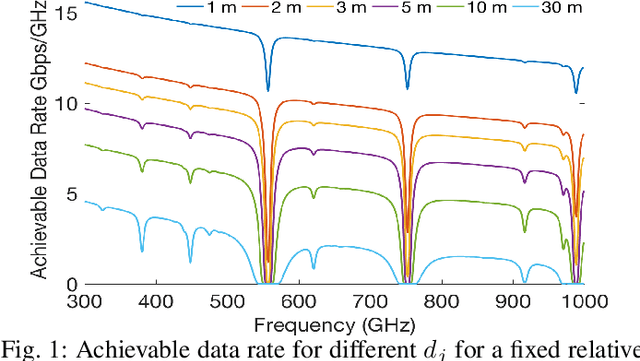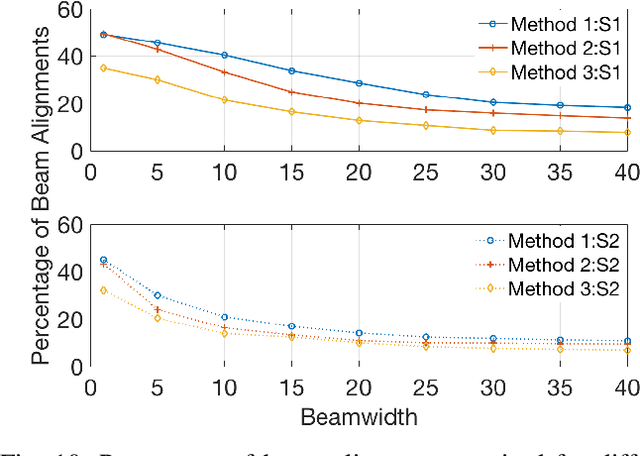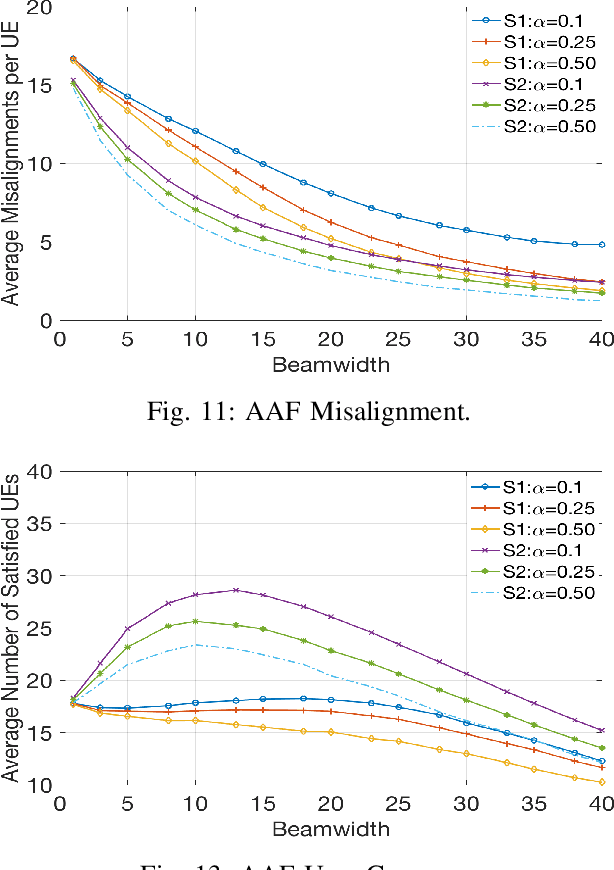Douglas Sicker
MOTH- Mobility-induced Outages in THz: A Beyond 5G application
Nov 19, 2019



Abstract:5G will enable the growing demand for Internet of Things (IoT), high-resolution video streaming, and low latency wireless services. Demand for such services is expected to growth rapid, which will require a search for Beyond 5G technological advancements in wireless communications. Part of these advancements is the need for additional spectrum, namely moving toward the terahertz (THz) range. To compensate for the high path loss in THz, narrow beamwidths are used to improve antenna gains. However, with narrow beamwidths, even minor fluctuations in device location (such as through body movement) can cause frequent link failures due to beam misalignment. In this paper, we provide a solution to these small-scale indoor movement that result in mobility-induced outages. Like a moth randomly flutters about, Mobility-induced Outages in THz (MOTH) can be ephemeral in nature and hard to avoid. To deal with MOTH we propose two methods to predict these outage scenarios: (i) Align-After-Failure (AAF), which predicts based on fixed time margins, and (ii) Align-Before-Failure (ABF), which learns the time margins through user mobility patterns. In this paper, two different online classifiers were used to train the ABF model to predicate if a mobility-induced outage is going to occur; thereby, significantly reducing the time spent in outage scenarios. Simulation results demonstrate a relationship between optimal beamwidth and human mobility patterns. Additionally, to cater to a future with dense deployment of Wireless Personal Area Network (WPAN), it is necessary that we have efficient deployment of resources (e.g., THz-APs). One solution is to maximize the user coverage for a single AP, which might be dependent on multiple parameters. We identify these parameters and observe their tradeoffs for improving user coverage through a single THz-AP.
 Add to Chrome
Add to Chrome Add to Firefox
Add to Firefox Add to Edge
Add to Edge